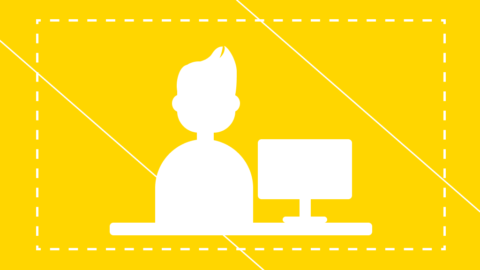These days, much of our lives seem dictated by algorithms. Our streaming services decide which movies and TV shows would be a good fit for us based on our previous viewing history and apparent tastes. Our dating apps set us up with matches likely to kindle a romance. Even our ridesharing apps try to connect us with the best possible driver on the road.
So how exactly do startups handle the development of these matching algorithms and what can the average entrepreneur learn from these examples?
Ridesharing
First, ridesharing services like Uber use a specific dispatch algorithm to make sure the closest and most appropriate vehicle for a ride is always the one that goes for it. Despite such a simple premise, the architecture for the algorithm is quite complex. There are two main goals: getting a quick arrival for riders and maximizing the number of rides each driver can get. Uber uses agent-based modeling to experiment with different combinations of parameters yielding different results, calculating factors like whether independent drivers are roaming or stationary and how close various drivers are to riders throughout the city. Only through intensive experimentation and ongoing tweaks has Uber been able to find a reliable algorithm that works for both passengers and riders.
Related: How to Improve IT Processes
Medical Algorithms
Algorithms that relate to medicine and healthcare are typically designed to find a match based on biological compatibilities. For example, ConceiveAbilities uses a Matching Matters algorithmic approach to try and match surrogates, donors and parents based on experience and preferences on a number of different dimensions. This includes prior health history and in some cases even personality traits.
Some health matters are more simple than others. For example, there are eight different blood types and a clear hierarchy of donor value based on the recipient’s type. An O negative donor is technically a universal donor, capable of giving blood to any recipient, regardless of blood type, but in most cases, an A negative recipient will fare better with an A negative donor. Algorithms also need to incorporate data like current supply levels, the rarity of each blood type and current cumulative patient needs. If there’s a shortage of A negative blood, for example, O negative may be a better fit.
Streaming Services
We can also look at the complexities of algorithms behind the recommendations you see in streaming services. It’s estimated that 80 percent of the TV shows and movies watched on Netflix are found through its signature recommendation system. As you might expect, Netflix gathers thousands of data points before making recommendations, calculating how many hours you spend watching, which shows and movies you watch, what you have in your list and historically how you’ve rated things (though this feature is no longer active).
Netflix then sorts people into various “taste groups,” or collections of individuals who have similar preferences. Interestingly, Netflix employs human beings to categorize movies and TV shows into different, hyperspecific “micro genres” so they can then be recommended to exactly the right people. Then, new recommendations are sorted into a series of rows, with highly likely matches in the upper left and decreasing quality matches down and to the right.
Spotify does something similar, though it relies more heavily on the music preferred by its individual listeners. It, too, groups listeners into similar taste categories, then recommends artists based on what it finds on the playlists of people similar to you.
Dating Apps
One of the most interesting niches for algorithms is their application in the world of dating apps, which attempt to match people based on romantic compatibility using only a handful of factors. Tinder, for example, keeps a secret internal rating, scoring individual users based on how often they’re liked and weighted based on how attractive the swipers are. Eventually, people are grouped together in tiers of desirability. You’re more likely to be shown in the stack of someone in the same tier as you. Of course, the app also integrates other factors, like age, location and profile similarity between potential matches.
Most of the algorithms mentioned here are highly proprietary, so understandably, we can’t dig deep to learn exactly how they function. However, there are some important takeaways to consider. First, quality algorithms make determinations based on multiple goals, rather than merely having one purpose. Second, they rely on enormous data sets. Finally, algorithms are constantly evolving, enabling them to adapt to new findings and keep inching closer to perfection. Developing an algorithm from scratch is not easy, but it could be one of the most crucial factors for your business’s long-term success.
Source: Entrepreneur.com










